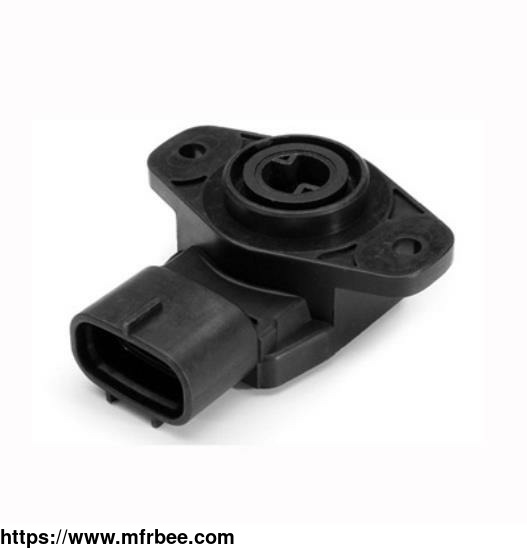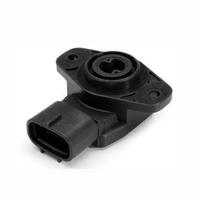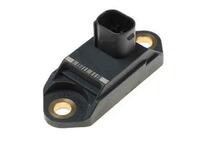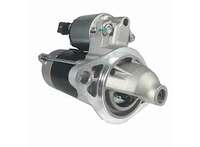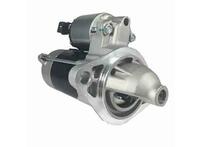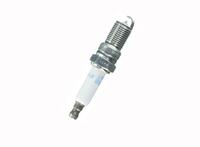Throttle Position Sensors
Specifications
The tps automotive is also known as throttle opening sensor or throttle switch. In order to make the fuel injection meet the requirements of different sensor for automotive working conditions, the
EFI system is equipped with a throttle position sensor on the throttle body to check whether the engine is in idle condition or load condition, acceleration condition or deceleration condition. The
opening of the tps car sensor is converted into an electrical signal and sent to the ECU. Then ECU corrects the fuel injection amount or cuts off the fuel according to these working conditions.
The throttle sensor of an automotive engine, a typical part of car spares and parts, is operated by the driver through the accelerator pedal to change the air intake of the engine, so as to control
the operation of the engine. Different throttle position sensors mark different engine operating conditions.
Throttle Position Sensors Features
Sensitive detection of various engine working conditions.
Smooth acceleration, normal power.
High wear resistance and long life.
Bad tps sensor Symptoms
The throttle position sensor (TPS) is a critical component of your vehicle’s engine management system, responsible for monitoring the position of the throttle in an internal combustion engine. This
sensor plays a vital role in ensuring optimal engine performance, fuel efficiency, and emission control. It communicates the throttle valve’s position to the engine control unit (ECU), which uses
this information to regulate the fuel injection, ignition timing, and other engine parameters.
However, like any other component in a vehicle, the throttle position sensor can also fail or malfunction due to various reasons such as wear and tear, dirt accumulation, or electrical issues. When
the TPS starts to go bad, it can cause a variety of problems that can affect the overall performance and drivability of your vehicle.
The symptoms of a bad throttle position sensor can be subtle at first, but as the problem progresses, they can become more noticeable and severe. These symptoms can be broadly categorized into
several parts: engine performance issues, transmission problems, vehicle drivability issues, and check engine light warnings.
In terms of engine performance, a faulty TPS can cause poor fuel efficiency, power loss, and hesitation or stalling. The engine may struggle to maintain a consistent idle speed, or it may stall
completely, especially when accelerating or decelerating.
Transmission problems are another common symptom of a bad TPS. The sensor’s readings are used by the ECU to control the shifting of gears in automatic transmission vehicles. Therefore, a
malfunctioning TPS can lead to erratic shifting, transmission slipping, or the vehicle getting stuck in one gear.
Vehicle drivability issues are also a common symptom of a bad TPS. These can include difficulty in starting the vehicle, unresponsive or overly sensitive throttle, and sudden surges in speed while
driving.
A faulty TPS will often trigger the check engine light on your dashboard. This is usually accompanied by other symptoms and should not be ignored, as it indicates a problem with your vehicle’s
engine management system.
For more information about tps sensor cost and throttle position sensor price, please feel free to contact us!
If you need any kinds of auto spares, please contact us, as a professional auto spares suppliers, MAPMS is willing to offer you high quality products.
- Country: China (Mainland)
- Address: Room 1505, F15, Bldg T2, 2 Yichuang St, Huangpu 510555, Guangzhou, China
- Contact: May Liu
